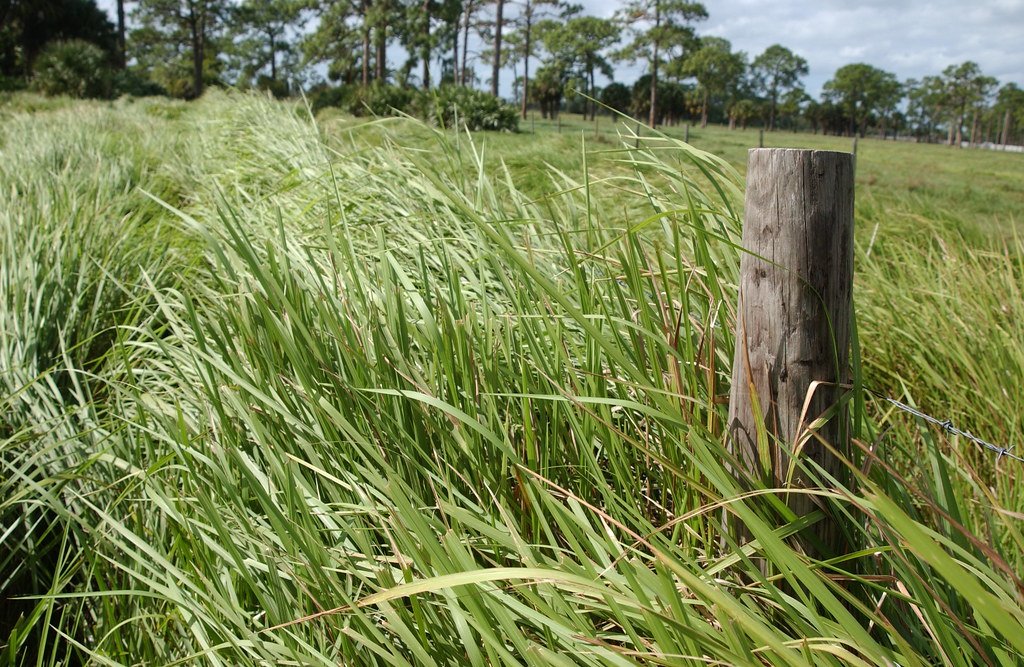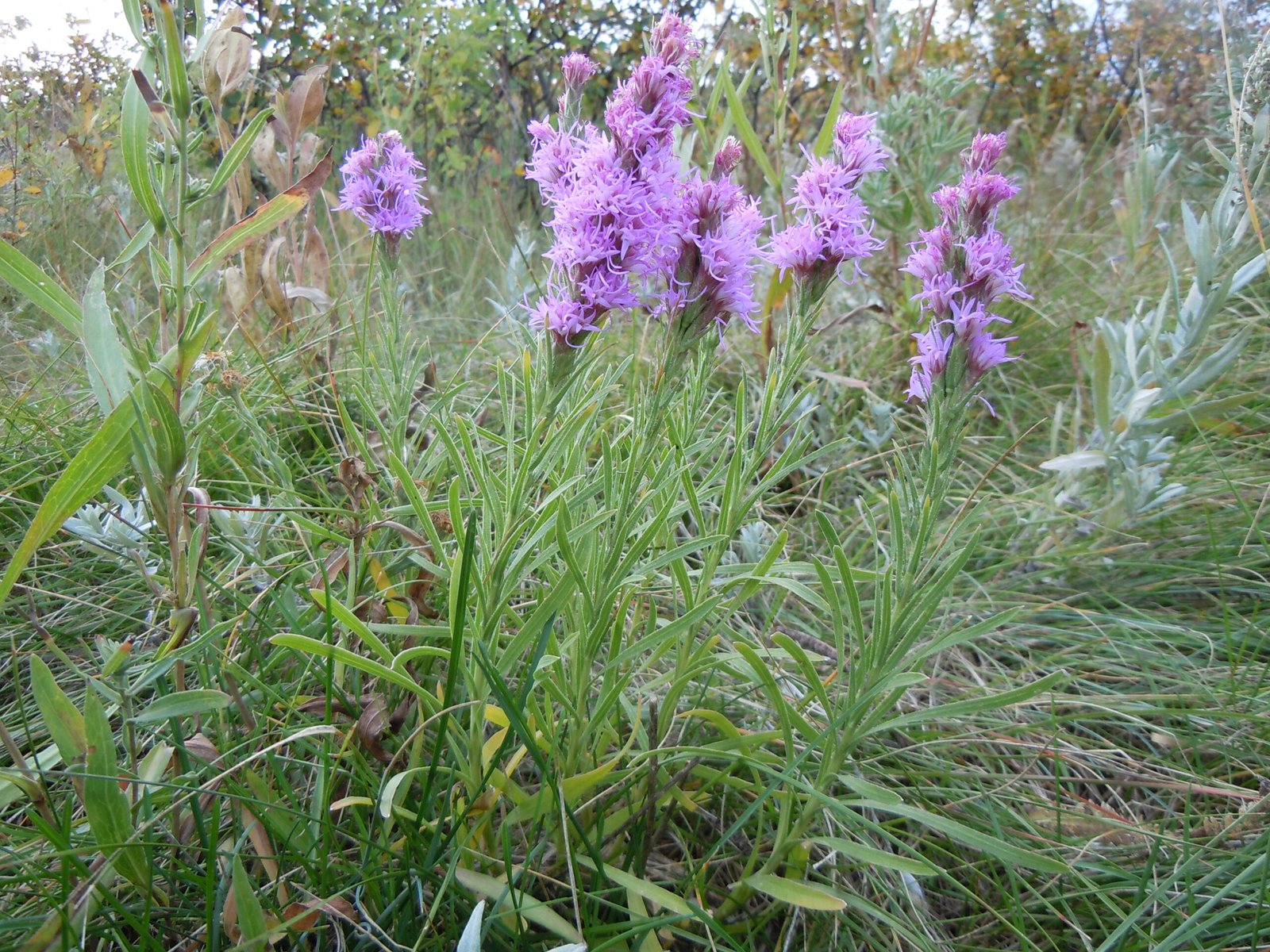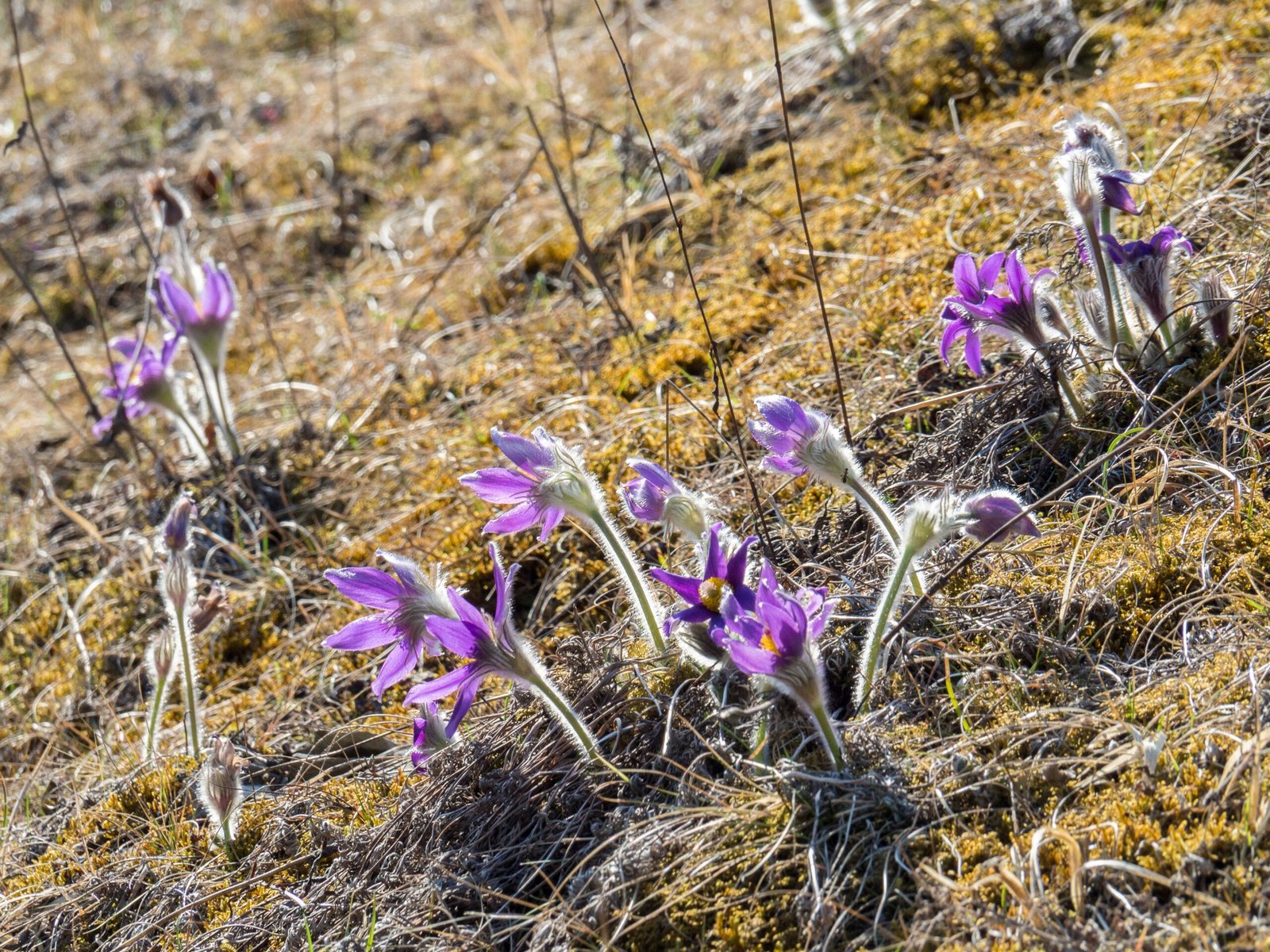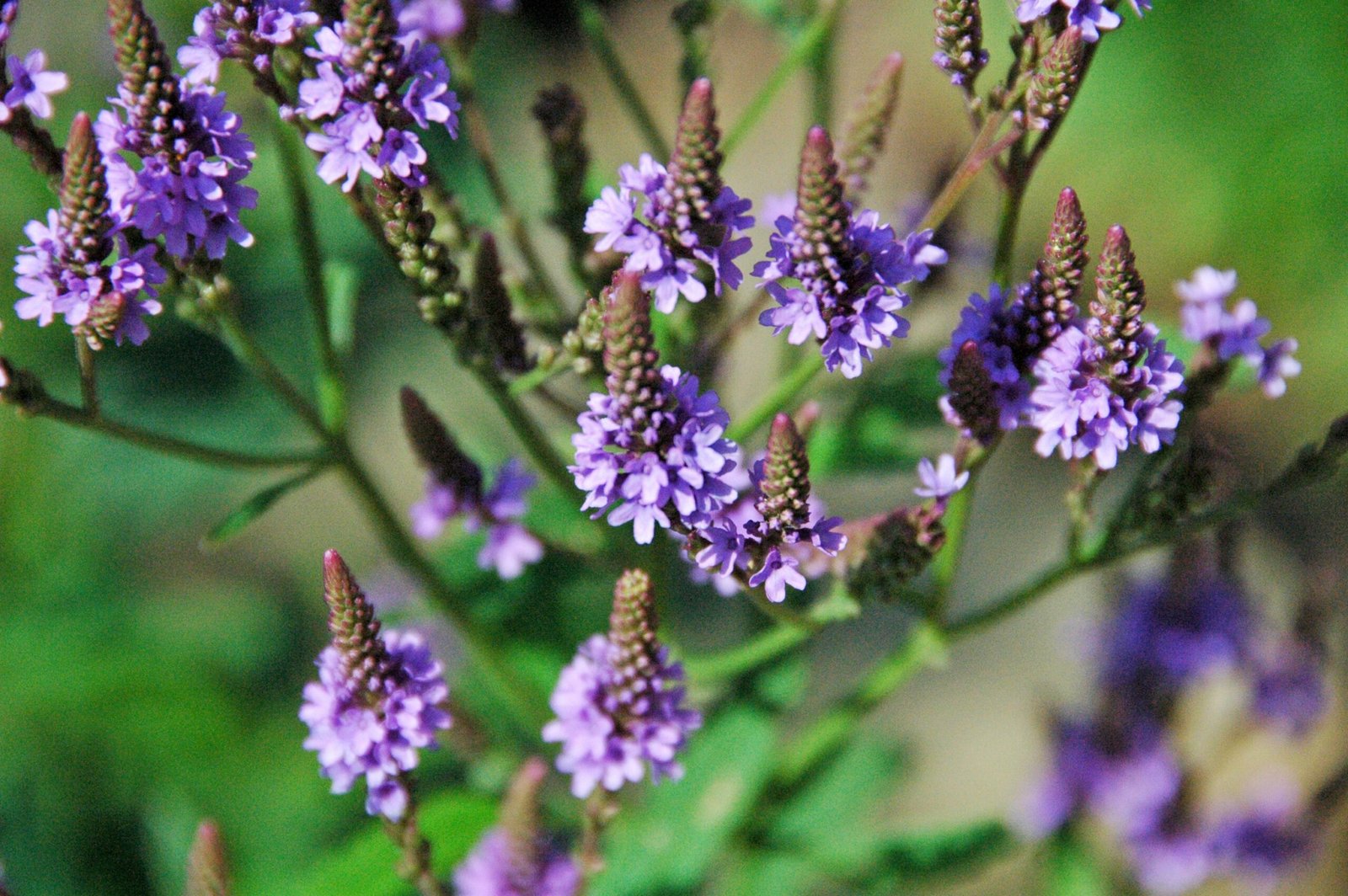Wildflowers have a magic that’s hard to bottle. There’s something profoundly moving about seeing a field of native blooms, bursting with color, standing tall against the relentless march of invasive imports. Have you ever wondered why certain wildflowers seem to glow brighter, attract more bees, and just feel more “right” than the flashy outsiders? It’s not just nostalgia or patriotism—science backs up the power of native plants. These unsung floral heroes not only light up our landscapes, but they also nurture entire ecosystems, foster biodiversity, and offer hope in a world overwhelmed by invasive species. Let’s dig into the top 10 native wildflowers that put imports to shame, each one a living testament to resilience, beauty, and ecological wisdom.
Why Native Wildflowers Matter More Than Ever

Native wildflowers aren’t just pretty faces in the garden—they’re deeply woven into the local fabric of life. Over thousands of years, they’ve developed intricate relationships with pollinators, birds, and soil microbes. When invasives take over, these delicate connections unravel. Unlike imports, natives don’t hog water, outcompete neighbors, or leave the soil barren. Instead, they foster healthy soil, feed native insects, and even help fight climate change by storing carbon. Choosing natives is like investing in a local business: your support keeps the whole community thriving.
What Makes an Invasive Import “Invasive”?

Invasive imports are plants brought from far-off lands, often with good intentions—maybe for their looks or supposed hardiness. But without their natural predators or competitors, they can run wild, crowding out the locals. Think of them as party crashers who eat all the food, blast loud music, and never leave. These plants often alter soil chemistry, disrupt food webs, and even change fire patterns. It’s not just a matter of taste; invasives can destabilize entire ecosystems, making it harder for native wildflowers to survive.
The Dazzling Purple Coneflower (Echinacea purpurea)

Purple coneflower is the poster child for native resilience—a perennial that wears its spiky center like a crown. Its magenta petals attract butterflies, bees, and goldfinches, making it a pollinator magnet. Unlike some European imports that provide little food for wildlife, Echinacea’s seeds feed birds well into fall. It’s also tough as nails, thriving in poor soils and droughts. Gardeners love it for its low maintenance, but scientists love it for its role in supporting dozens of native insect species. When you see a coneflower patch buzzing with life, you know you’re witnessing a true native powerhouse.
Goldenrod: The Underdog Pollinator Hero

Goldenrod often gets a bad rap for causing allergies, but the real culprit is usually ragweed. This misunderstanding hides goldenrod’s real brilliance. With its arching sprays of yellow, goldenrod hosts an astonishing array of pollinators—from native bees to butterflies. It even supports specialist insects that can’t live on anything else. Unlike invasive imports that offer little nectar, goldenrod is a late-summer banquet. It helps monarchs fuel up for their epic migrations. This wildflower doesn’t just light up fields—it sustains entire food webs.
Black-Eyed Susan: Sunshine on a Stem

Black-eyed Susan is instantly recognizable with its bright golden petals and dark, chocolatey center. It’s more than just a pretty face—this wildflower is a workhorse. It’s one of the first to recolonize disturbed soils, helping to prevent erosion where invasives often fail. Native bees and butterflies flock to its blooms, while birds feast on its seeds. It’s so tough that it’s often used in roadside restoration projects, outshining imports that wilt under stress. If you want a wildflower that’s both beautiful and beneficial, Black-eyed Susan never disappoints.
Milkweed: Lifeline for Monarchs

Milkweed is the lifeline for monarch butterflies. Without it, monarch caterpillars have nothing to eat, and their numbers plummet. Unlike showy imports that offer little to local wildlife, milkweed’s milky sap and unique flowers provide both food and shelter. Its deep roots fight erosion and improve soil health. The fragrant, globe-shaped clusters draw in bees, beetles, and hummingbirds. When you plant milkweed, you’re not just adding color—you’re helping save a species on the brink.
Wild Lupine: The Butterfly Whisperer

Wild lupine’s spiky, blue-purple blooms look almost otherworldly, but it’s perfectly at home in North America’s sandy soils. This wildflower is the sole host for the endangered Karner blue butterfly. Where invasives like crown vetch muscle in, lupine fades—and so do the butterflies. Lupine also fixes nitrogen, enriching the soil for its neighbors. It’s a symbol of hope and recovery, proving that native wildflowers hold the keys to saving other species.
Firewheel (Indian Blanket): The Drought Warrior

Firewheel, also known as Indian Blanket, paints meadows with its fiery red and yellow petals. It thrives in the harshest conditions—sandy soils, blazing sun, even occasional droughts. Where many imports wilt, Firewheel flourishes. Its resilience isn’t just for show; it supports native bees and butterflies, offering them a reliable food source when other plants fade. Its long bloom period means it keeps the landscape lively for months. Firewheel is proof that the toughest flowers can be the brightest.
Bluebonnet: Texas’ Beloved Treasure

Nothing says spring in Texas like a field of bluebonnets. These striking blue spires are more than state pride—they’re ecological dynamos. Bluebonnets fix nitrogen, making poor soils richer for other plants. Their shape draws in native bees, which have evolved to “trip” the flowers and access their nectar. Unlike many invasive imports, bluebonnets are deeply rooted in the region’s rhythms, blooming just in time for pollinators emerging from winter. They’re woven into local folklore and family traditions, making them a wildflower that’s both personal and profound.
Wild Bergamot: Aromatic All-Star

Wild bergamot, sometimes called bee balm, fills the air with a spicy, minty aroma. Its lavender blooms attract hummingbirds, butterflies, and bees with remarkable efficiency. Unlike imported ornamentals that look good but do little for wildlife, wild bergamot is a pollinator magnet. Its oils even have natural antifungal properties, helping nearby plants resist disease. In the garden or prairie, wild bergamot is a multi-sensory experience—beautiful to see, delightful to smell, and vital for wildlife.
Blazing Star (Liatris): Lightning in Bloom

Blazing star stands tall with electric purple spikes that seem to crackle with energy. Native to prairies and open woods, Liatris draws in clouds of monarchs, swallowtails, and bees. Its deep taproots help it survive drought and fire, while its nectar-rich flowers offer a late-summer feast. Invasive imports can’t match the sheer number of pollinators drawn to a stand of blazing star. This wildflower is a testament to the drama and resilience of native flora.
Cardinal Flower: Nature’s Scarlet Beacon

The cardinal flower’s scarlet spikes are impossible to miss, especially in late summer when most gardens start to fade. Hummingbirds flock to its tubular blooms, which are perfectly shaped for their beaks. Unlike many imports that offer generic blooms, cardinal flower’s unique design ensures only native pollinators can reach its nectar. It thrives in wet, shady spots where many invasives struggle. The cardinal flower is proof that native wildflowers can be both show-stopping and specialized.
Butterfly Weed: Monarch Magnet

Despite its humble name, butterfly weed is anything but ordinary. Its clusters of bright orange blossoms are a beacon for monarchs and other butterflies. This member of the milkweed family is drought-tolerant, tough, and easy to grow. Unlike invasives that often require extra care, butterfly weed flourishes in poor soils and full sun. It’s an essential plant for any pollinator garden, proving that native wildflowers can be both low-maintenance and high-impact.
Pasque Flower: Early Spring Pioneer

The pasque flower is among the first to bloom, sometimes peeking through the last patches of snow. Its fuzzy, lavender petals and golden stamens are a lifeline for early-emerging bees. Unlike imports that bloom later, pasque flower fills a vital seasonal niche. Its deep roots stabilize soils and prevent erosion. This wildflower’s resilience and timing make it a symbol of renewal and hope in native landscapes.
Prairie Smoke: The Dreamer’s Wildflower

Prairie smoke gets its name from the wispy, pink seedheads that look like drifting smoke. Its nodding, rose-colored flowers are pollinated by bumblebees, which “buzz” the blooms to release pollen. This wildflower thrives in dry prairies where many imports can’t compete. Prairie smoke’s unique look and essential role in native plant communities make it a favorite among restorationists and garden dreamers alike.
Blue Vervain: The Wetland Sentinel

Blue vervain’s elegant spikes of blue-violet flowers stand tall in wet meadows and along streams. It’s a favorite of native bees and butterflies, offering nectar when few other plants bloom. Blue vervain is also used in traditional medicine for its calming properties. Unlike invasives that choke waterways and crowd out natives, blue vervain coexists peacefully, supporting a rich web of life. Its presence is a sign of a healthy, balanced ecosystem.
Evening Primrose: The Night-Blooming Wonder

Evening primrose is a moonlit marvel, with blooms that open at dusk and glow softly in the night. Moths and night-flying pollinators feast on its nectar, making it vital for creatures often overlooked. Its seeds feed birds, while its deep taproots break up compacted soil. Invasive imports rarely support such a range of wildlife, especially after dark. Evening primrose proves that native wildflowers work around the clock to keep nature’s cycles humming.
Summary

Native wildflowers are more than just decorations; they are the silent architects of healthy, vibrant habitats. Every coneflower, goldenrod, and milkweed tells a story of survival, adaptation, and connection to place. By championing these ten dazzling natives, we not only celebrate their beauty but also defend the intricate relationships that keep our environment resilient. In a world where invasives threaten to erase nature’s unique signatures, choosing natives is an act of hope. Would you have guessed that a simple wildflower could make such a profound difference?



